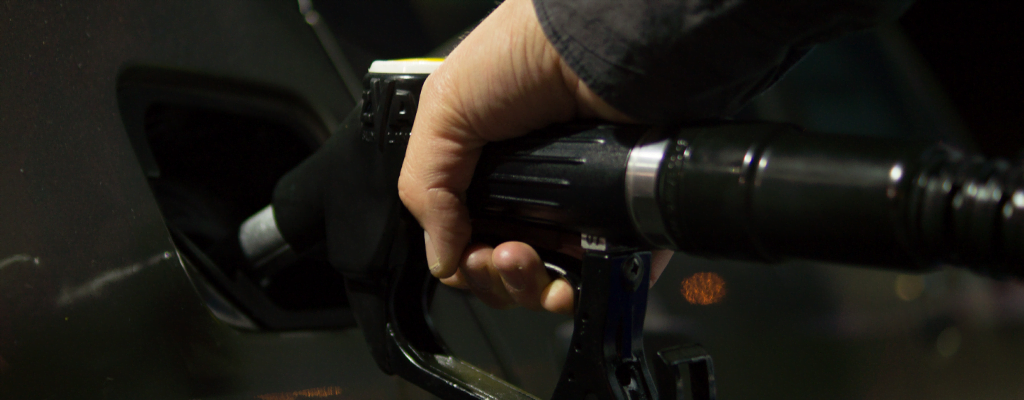
The transition to E10 fuel is almost complete – nearly every forecourt in the country now sells the new ethanol-mix fuel, following the government announcement late last year that it would become standard thanks to its lower CO2 emissions.
There has been some robust backash against the change, with many taking to social media to voice concerns of reduced fuel economy and engine deterioration. Others have equally expressed backlash against the backlash, and so on, in typical online fashion.
So far, the transition has been smooth. The vast majority of cars on UK roads run perfectly well on E10 fuel, and handy resources like this one on gov.uk make it even easier for motorists to check whether their own cars take the new fuel without issue.
Some owners of performance cars are opting to seek-out super-unleaded in an effort to do all that they can to squeeze every drop of performance out of their vehicle. High-octane unleaded still uses the old E5 blend, and is an option available to those who can’t use or are suspicious of E10.
The frightening increase in cost of living has impacted people, and now even many of the people who previously chose the premium option at the pump are now re-assessing that choice.
What is E10 fuel?
- E10 is a mix of 90% traditional unleaded petrol and 10% ethanol
- The ethanol is produced from sustainable sources like corn, barley and sugar cane.
- E5 unleaded uses a 5% ethanol mix, while B7 diesel includes 7% biofuel.
Increasing the ethanol content in fuel, it is hoped, will reduce greenhouse gas emossions. The UK government estimates that widesptead adoption could reduce CO2 output my 2%.
Can my car run on E10?
Nearly all new cars built in the last two decades will take E10 fuel. The fuel has been used internationally for many years, and manufacturers have built their engines with this min mind. The RAC foundation estimates that only 20 cars for every 1,000 on uk roads aren’t able to use E10 fuel, about 4/5ths of which are vehicles built before the year 2000.
Experts have warned that for drivers of older cars, using E10 fuel could cause issues like blocked fuel filters, damaged fuel pumps, accelerated degredation of fuel lines and corroded carbutettors, although these issues are only likely to come out after long-term use. Owners of these cars will still be able to use E5 fuel, but will pay a premium for the privilege.
Incidentally, some classic car experts believe the engines of older cars (particularly those from the 1920s and 1930s) will actually run better on E10 – albeit with the aforementioned degredation of certain parts of their innards. When the cars were built, some car makers built their engines to cope with high ethanol petrol that was offered at the time for the sake of reducing misfires.
Will the performance of my car be affected by running E10 fuel?
Almost certainly not.
It depends on which fuel you’re currently using: For almost everyone, the switch from 95 RON (Research Octane Number) to E10 won’t notice any change in performance.
For those using super-unleaded, which features a rating of between 97 and 100 RON, jumping to E10 could mean a very small, but possibly noticeable, drop in performance and efficiency – likely only a couple of horsepower.
Should I use E10 petrol in my performance car?
Check your car’s manual. If it says it’s compatible – go ahead. Apart from a very slight drop in fuel economy, there should be no difference at all in the everyday performance of your car between E10 and E5 fuel.
If you value pure horsepower and throttle responsiveness above all else, then maybe paying the premium for super-unleaded is the right choice for you. For maximum performance, finding a high-grade fuel of at least 98 RON is recommended by most manufacturers of high-performance cars.
How will the transition affect my fleet?
Fuel economy is likely to become a factor – even the minute percentage increase that will come with switching to E10 fuel can quickly add up to a large pile of cash when across multiple vehicles or in a fleet that sees high mileage.
But, any difference in fuel efficiency can be offset with economic driving practices. In fact, making significant improvements to driver fuel efficiency can save more on fuel than will be spent to make up the inferior efficiency of E10 fuel – potentially adding up to a healthy net saving.
That’s why it’s growing ever more critical for fleets to invest in training their drivers to be more economical at the wheel – in the long run, this can help your fleet save vastly more than what is spent on initially training those drivers.
Our Eco-Driving Course is an excellent way to give your drivers thorough, practical training that will help them save your organisation money on fuel, as well as boost their safety on the road.
Get in touch to find out more.


